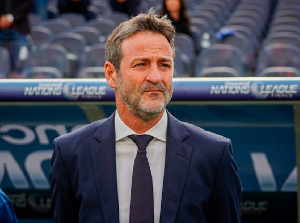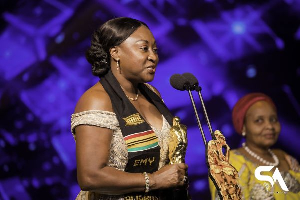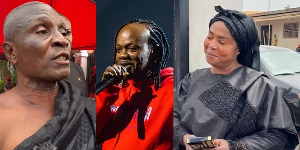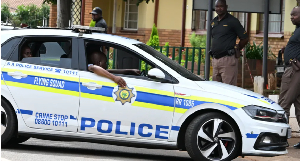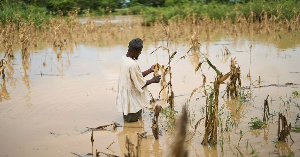General News of Friday, 22 August 2008
Source: GNA
Limb Centre faces imminent shut down
Accra, Aug. 22, GNA - Lack of specialists at the National Prosthetics and Orthotics Centre of the Ghana Health Service is forcing the authorities to curtail services at the medical facility where artificial limbs are provided for patients.
The Centre currently has only one prosthetic, who is being supported by 13 orthotics technicians, who assist in designing callipers, braces, collars orthopaedic corsets and other artificial limbs for below the knee and above.
Mr Daniel Kodi, the Prosthetic and Head of the Centre, made the appeal in an interview with the Ghana News Agency in Accra on Friday. He noted that the Centre had less than 25 orthotics serving the whole country and described the number as woefully inadequate. Mr Kodi said there were no prosthetics in any of the regions and only skeleton staff of Orthotics were managing cases in the regions. "Unfortunately, Volta Region does not have a single Orthotic to handle their cases. People in need of services have to travel from the North and other regions to Accra for such services."
The centre is also serving other neighbouring countries like Burkina Faso Cote d'Ivoire and Togo.
The prosthetic explained that students of the School of Allied Health Science do not express interest in the programme, adding that despite a curriculum developed with the School in 1999 "there are no lecturers to teach the programme".
Mr Kodi, who is due to retire in March next year, explained that the World Health Organisation would be supporting four people for a certificate programme in prosthetics and orthotics in September this year to assist in the work.
He appealed for funding to train more prosthetics lecturers for even distribution in all the regions.
Orthotics and prosthetics are the evaluation, fabrication and custom fitting of artificial limbs and orthopaedic braces. It is an allied health profession.
Prosthetics is also an artificial extension that replaces a missing body part lost by injury or missing from birth or to supplement defective body parts. It is part of the field of biomechatronics, the science of fusing mechanical devices with human muscle, skeleton, and nervous systems to assist or enhance motor control lost by trauma, disease, or defect.
In addition to the standard artificial limb for everyday use, many amputees have special limbs and devices to aid in the participation of sports and recreational activities. 22 Aug. 08


